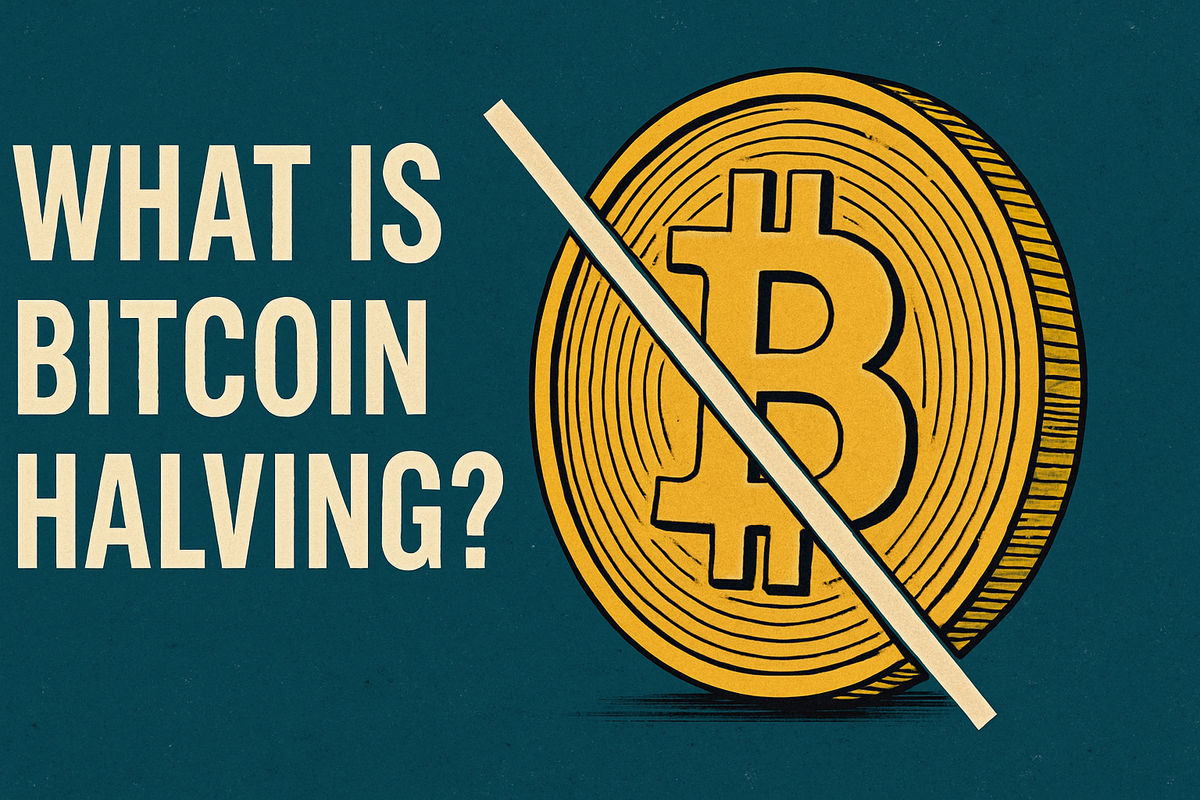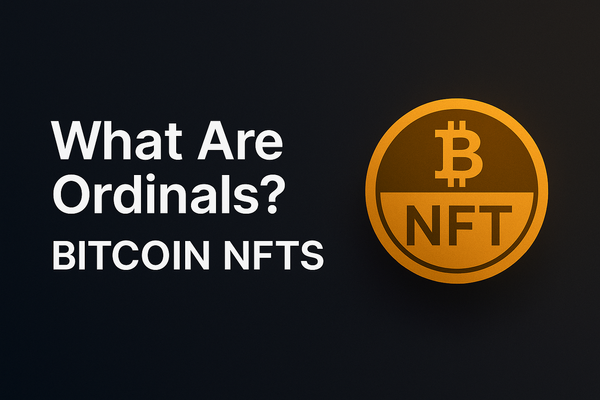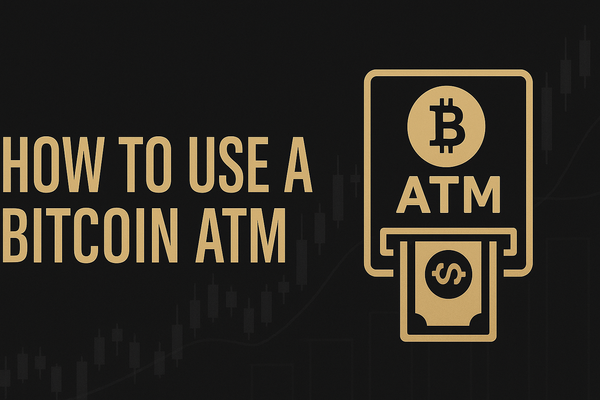What Is Bitcoin Halving? Understanding the Most Important Event in Bitcoin’s Supply Cycle
Bitcoin halving is a major event that reduces block rewards and changes the dynamics of supply, mining, and market behavior. Here's why it matters to investors.

Bitcoin halving is a pivotal event in the cryptocurrency world, yet many newcomers don't fully understand its importance. In simple terms, a Bitcoin halving cuts the reward for mining new Bitcoin blocks in half, reducing the rate at which new coins enter circulation.
This event happens roughly every four years and plays a critical role in controlling Bitcoin’s supply, mimicking the scarcity of precious resources like gold. For investors and enthusiasts alike, each halving brings heightened anticipation, influencing Bitcoin’s price, mining dynamics, and long-term value proposition. Understanding Bitcoin halving is key to grasping the forces that shape the Bitcoin ecosystem and its broader impact on the digital asset landscape.
Understanding Bitcoin Halving
Bitcoin halving is built into the cryptocurrency’s core code as a way to manage supply and mimic scarcity. Every 210,000 blocks mined—approximately every four years—the reward given to Bitcoin miners is cut in half. This means miners receive fewer Bitcoin for verifying transactions and securing the network.
The halving mechanism ensures that Bitcoin’s supply is predictable and limited, with a maximum cap of 21 million coins. By gradually reducing the reward, Bitcoin’s issuance slows over time, making it increasingly rare. This process is one of the reasons Bitcoin is often referred to as “digital gold,” emphasizing its deflationary design and long-term value preservation.
Historical Halving Events
Since Bitcoin’s launch in 2009, there have been several major halving events, each shaping the cryptocurrency’s market dynamics. The first halving occurred in November 2012, cutting the block reward from 50 BTC to 25 BTC. Following this, Bitcoin’s price steadily climbed, drawing broader attention to the emerging asset.
The second halving took place in July 2016, reducing rewards from 25 BTC to 12.5 BTC. This event coincided with growing institutional interest and set the stage for Bitcoin’s 2017 bull run, where prices peaked near $20,000.
The third halving happened in May 2020, lowering the reward to 6.25 BTC. It marked the beginning of another significant rally, pushing Bitcoin’s price above $60,000 by 2021. Most recently, in April 2024, the reward dropped further to 3.125 BTC, with market watchers closely monitoring its long-term effects.
Impact on Bitcoin's Supply and Inflation
Bitcoin halving plays a central role in controlling the cryptocurrency’s supply and combating inflation. With only 21 million Bitcoins ever to exist, each halving reduces the rate at which new coins are created. This gradual slowdown mirrors the scarcity model of finite resources like gold.
By cutting miner rewards in half, Bitcoin’s inflation rate drops significantly after each event. Early in Bitcoin’s history, inflation was high, but after multiple halvings, it now resembles the low inflation rates seen in traditional stable economies. As new supply decreases, existing Bitcoin becomes more scarce, often strengthening its appeal as a store of value.
Effects on Miners and Network Security
Bitcoin halving directly impacts miners, who earn fewer rewards for the same amount of work. For smaller or less efficient mining operations, reduced earnings can make it unprofitable to continue, leading some miners to shut down or consolidate with larger players.
This shift can temporarily lower the network’s overall hashrate—the total computing power securing the blockchain. However, Bitcoin’s difficulty adjustment mechanism helps stabilize the network by making mining easier when fewer miners participate. Over time, these adjustments ensure the Bitcoin network remains secure and functional.
Additionally, halvings can lead to shifts in mining geography. Countries with lower electricity costs or favorable regulation become more attractive, reshaping the global mining landscape. There's also ongoing debate about whether lower rewards could eventually pressure miners to rely more heavily on transaction fees, raising long-term questions about Bitcoin's incentive structure and sustainability.
Market Reactions and Price Dynamics
Bitcoin halvings have historically triggered major price movements, although not immediately. Reduced supply often leads to increased demand over time, especially as awareness of Bitcoin’s scarcity grows. After each past halving, Bitcoin has eventually entered a strong bull market phase.
However, price reactions are not always predictable. Market sentiment, global economic conditions, and broader crypto trends can influence outcomes. While many investors anticipate price surges following a halving, it’s important to recognize that the effect can take months to materialize and is never guaranteed.
This “lag effect” has been seen in past cycles, where Bitcoin's price remained relatively flat for several months post-halving before entering a dramatic uptrend. Traders often attempt to “front-run” halvings by buying early, but history shows that patient accumulation often outperforms short-term speculation.
Why Bitcoin Halving Matters to Long-Term Investors
For long-term investors, Bitcoin halving is more than a technical milestone — it's a strategic signal. With each halving, Bitcoin becomes more scarce, reducing the rate at which new coins are introduced. This built-in scarcity mechanism is one of the key reasons why Bitcoin is often likened to digital gold.
Historically, the periods following halving events have been some of the most profitable times to hold Bitcoin. While short-term volatility is common, long-term trends show strong upward momentum in the months and years after a halving. This makes the event especially important for investors focused on multi-year accumulation strategies.
Halving also reinforces Bitcoin’s deflationary monetary policy, setting it apart from fiat currencies, which can be printed in unlimited quantities. As traditional markets continue to grapple with inflation and currency devaluation, Bitcoin's predictable issuance schedule provides an attractive hedge for those seeking long-term value preservation.
For investors, understanding halving cycles can help guide entry points, adjust risk exposure, and build conviction during bear markets. While it's no guarantee of price increases, halving remains a cornerstone of Bitcoin's investment thesis.
Future Outlook: The 2028 Halving and Beyond
Looking ahead, the next Bitcoin halving is expected around 2028, when the block reward will drop from 3.125 BTC to 1.5625 BTC. As rewards diminish, Bitcoin’s issuance rate will slow even further, reinforcing its scarcity narrative.
Many analysts believe future halvings will continue to drive interest in Bitcoin, particularly among institutional investors seeking inflation-resistant assets. However, some question whether reduced mining rewards could compromise long-term security if transaction fees don’t eventually compensate for the lost incentives.
The shift toward a fee-driven model could become a central economic experiment for the Bitcoin protocol. If demand for block space grows—as seen during previous bull markets—fees might naturally replace block subsidies. But if network use stagnates, miners could face profitability issues, sparking debates over network sustainability and proposed scaling solutions.
Bitcoin Halving FAQ
Bitcoin halving is an event that cuts the reward for mining new Bitcoin blocks by 50%, slowing the creation of new coins.
Halving controls Bitcoin’s supply and prevents inflation by gradually reducing the number of new Bitcoins introduced to the market.
The last Bitcoin halving occurred on April 20, 2024, lowering the block reward from 6.25 BTC to 3.125 BTC.
Historically, Bitcoin’s price tends to rise after halvings due to reduced supply, but other market factors also influence price movements.
There will be a total of 32 Bitcoin halvings, with the final one expected around 2140 when all 21 million Bitcoins are mined.
Conclusion
Bitcoin halving is more than just a technical event — it’s a critical part of what makes Bitcoin unique. By systematically reducing the creation of new coins, halvings ensure Bitcoin remains scarce and valuable over time. Each halving has historically influenced price movements, mining dynamics, and broader market sentiment.
As Bitcoin continues to evolve, understanding halving events will be essential for anyone looking to invest or participate in the cryptocurrency ecosystem. With each reduction in supply, Bitcoin strengthens its position as a digital store of value in an increasingly uncertain global economy.





